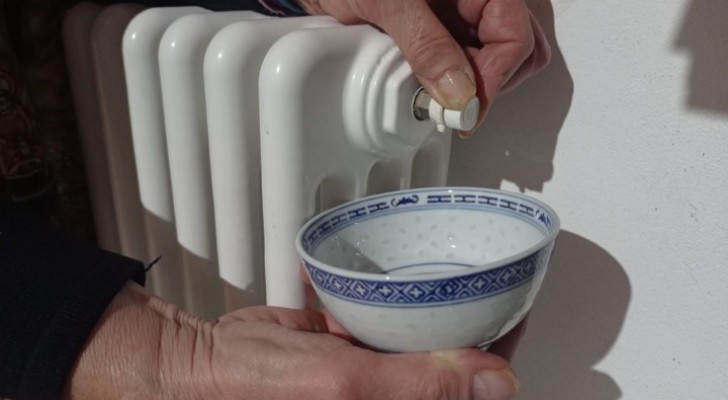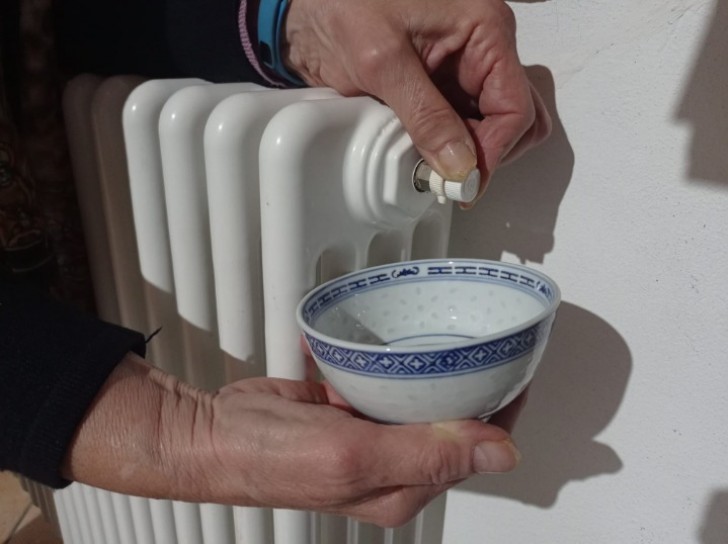Did you remember to bleed your radiators? When and how to do this, and why it is worth it

The arrival of autumn and the consequential gradual drop in temperatures inevitably leads to the need to turn on our heating systems. Before turning them on, however, it is essential to ensure they are working properly in order to maintain maximum efficiency and prevent excessive energy consumption and high utility bills.
With the onset of winter, it is necessary to bleed the radiators to remove any trapped air inside them. After many months of inactivity, it is likely that our heating system needs a minimum amount of maintenance to work efficiency. This operation should also be performed whenever we notice that the radiators are not heating up properly.
But when and how is the bleeding of the radiators done? And above all, why is it so important for our heating system? We'll explain all this below:
When and how to bleed radiators

Creativo
It is recommended that you bleed the radiators at the beginning of autumn, before the heating is turned on constantly. At the moment of the first activation of the system, check for any gurgling sounds coming from your radiators and make sure they all heat up uniformly. If you notice that a radiator is cold at the top, this means that air has become trapped inside, and bleeding is necessary.
This operation should be performed with the heating system turned off so that the air, being lighter, moves to the top of the radiator, facilitating its complete release. In some models, this is done automatically and does not require manual intervention. Still, in most cases, you will need to manually bleed the radiator using the specific air vent valve located at the top. Be careful not to confuse this valve with the thermostatic valve, usually located on the opposite side to the air vent. The thermostatic valve is used to regulate the water flow in the radiators and has become mandatory by law since 2017 (but only for centralized heating systems).
Equip yourself with a container to collect any water that will come out of the air vent valves. Then, start bleeding the radiators, beginning with the one closest to the boiler, and following the flow of the water. Using the cap or an appropriate key, open the valve and wait for the water to come before closing it again.
After bleeding all the radiators, check the boiler pressure and ensure that it is between 1 and 1.5 bars. If not, you will need to restore the pressure by using the appropriate valve located at the bottom.
Why bleeding radiators is important

Bleeding the radiators is essential to ensure the efficiency of the heating system and to guarantee adequate thermal comfort without excessive consumption and high utility bills.
If you notice that your radiators are not heating up adequately or if you need to heat a specific area of your home more than others, you can try hydraulic balancing the system. This operation should be carried out using the lockshield valve - a valve located at the bottom of the radiator, consisting of a metal or plastic cap that hides an Allen wrench screw. These valves allow for the adjustment of water flow according to specific needs and can be closed or turned down in radiators that require a lower flow (and lower temperature).
This valve should also be checked if the radiator does not heat up even after bleeding to ensure that it is open.
Now you're ready for winter!